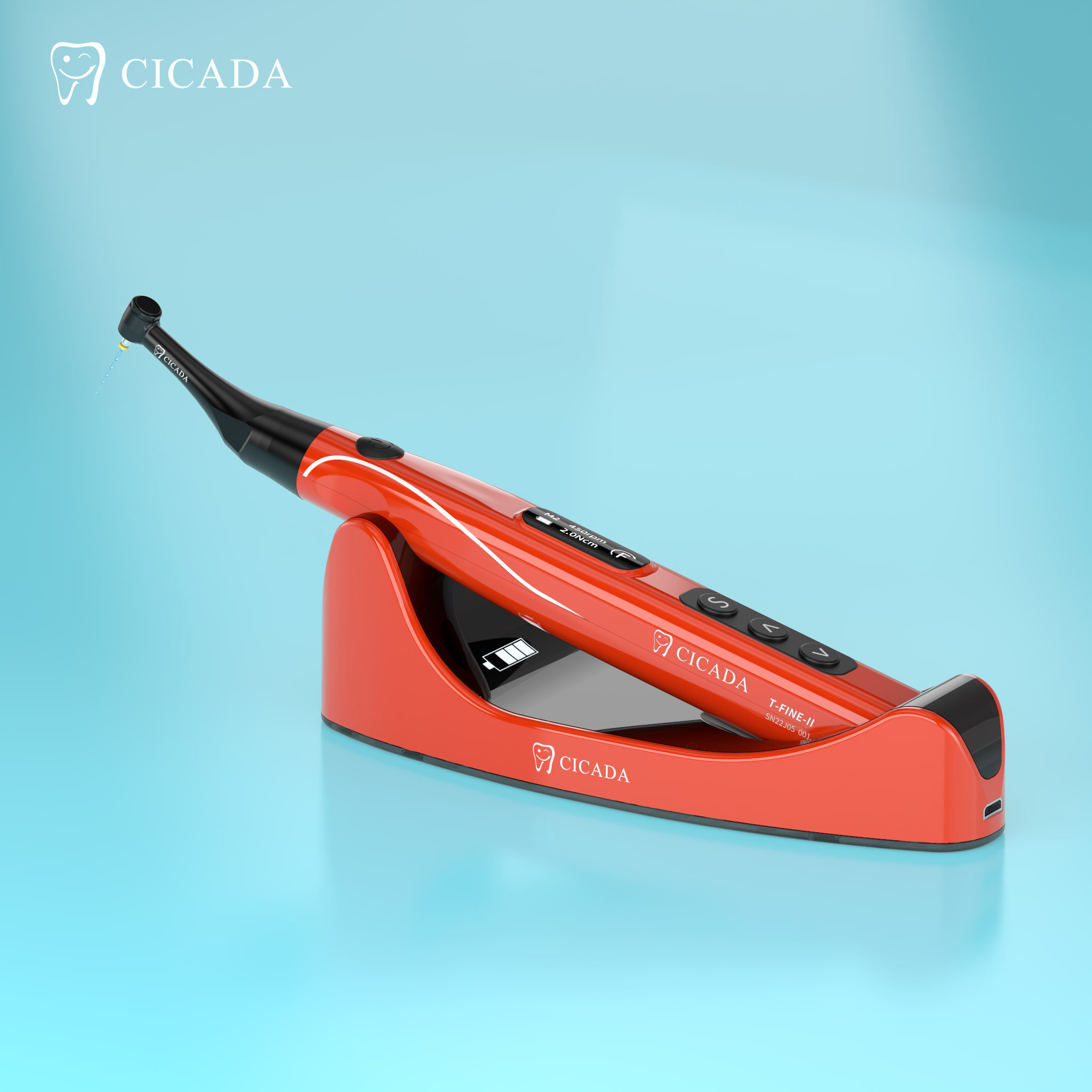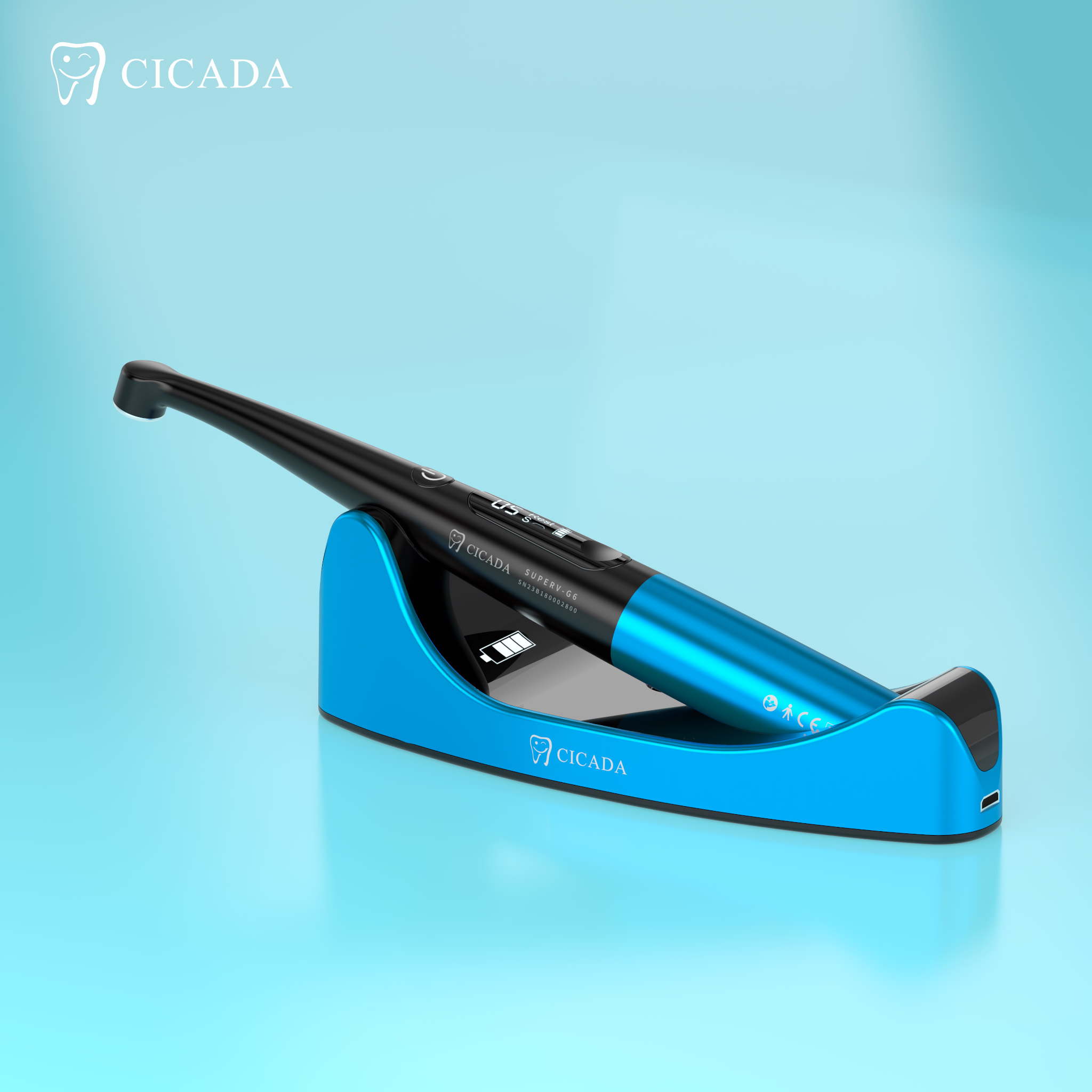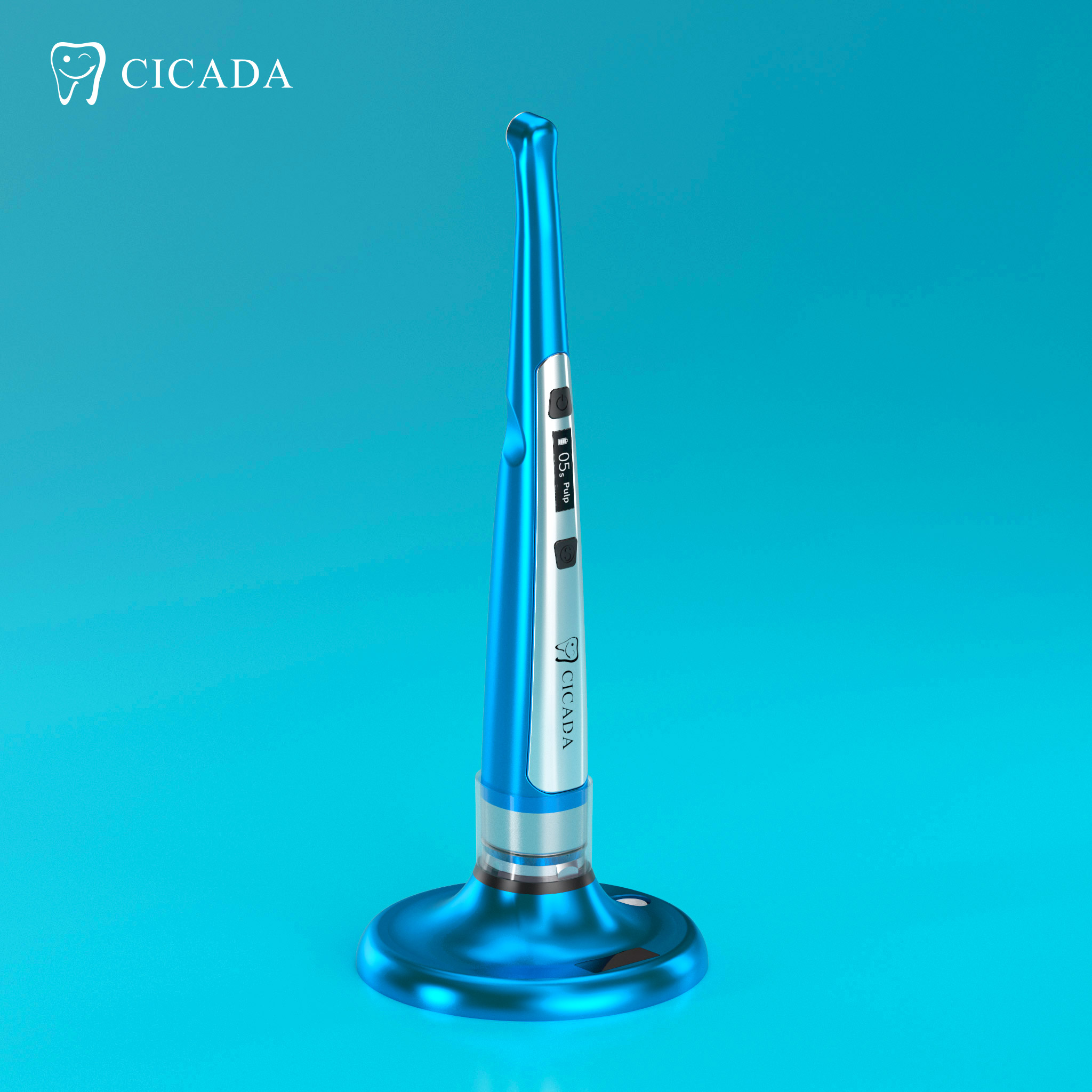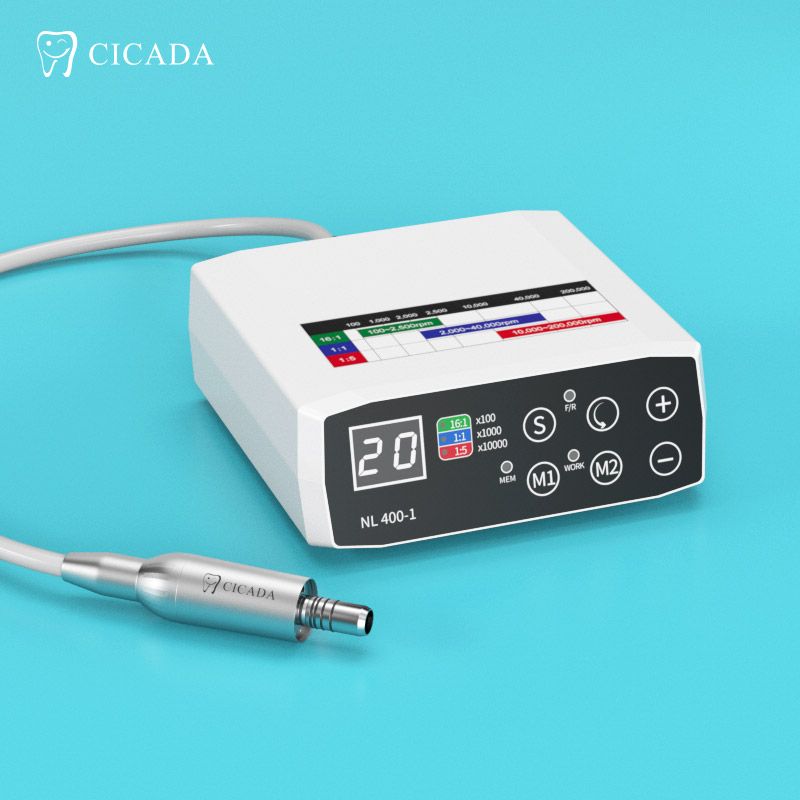Among the most indispensable tools in a dental professional’s arsenal are handpieces—specifically, low-speed and high-speed handpieces. These instruments play crucial roles in various dental procedures, from routine cleanings to complex restorative work. Understanding the differences between them, their applications, and their advantages can help dentists optimize their workflow and enhance patient care.
This article lists the key distinctions between low-speed and high-speed handpieces, exploring their structure, functionality, and best-use scenarios to provide a comprehensive guide for dental practitioners.
Low-Speed Handpiece
A low-speed handpiece is a versatile tool commonly used in dental procedures requiring precision but without the need for extreme rotational speed. These handpieces typically operate at speeds ranging from 5,000 to 40,000 RPM (rotations per minute), significantly slower than their high-speed counterparts.
Structure and Components
Low-speed handpieces often come with detachable heads and different attachments, allowing them to be customized for various applications. Their essential components include:
Motor – Can be air-driven or electric, providing steady and controlled rotational power.
Attachment System – Allows for contra-angle heads, straight heads, and prophy angles to be interchanged.
Bur Locking Mechanism – Holds the cutting or polishing instrument in place securely.
Applications of Low-Speed Handpieces
These handpieces are ideal for procedures requiring torque and control rather than high speed, including:
Cavity Preparation & Caries Removal – Used in the initial stages of caries removal where precision is needed.
Endodontic Procedures – Essential in root canal treatments for shaping and cleaning canals.
Polishing & Finishing – Used for polishing dental restorations, composite fillings, and removing surface stains.
Prophylaxis (Teeth Cleaning) – Commonly used with prophy angles for dental hygiene procedures.
Adjustments & Trimming – Used for trimming dentures, orthodontic appliances, and dental prostheses.
Advantages of Low-Speed Handpieces
● Greater torque control for precision tasks.
● Less heat generation, reducing the risk of overheating dental tissues.
● Compatible with a variety of attachments and accessories.
● Ideal for delicate procedures that require steady movements.
High-Speed Handpiece
A high-speed handpiece, often referred to as a "turbine handpiece," is a cutting-edge dental tool designed for rapid and efficient removal of dental structures. These handpieces operate at speeds exceeding 250,000 RPM, making them indispensable for restorative and surgical dental treatments.
Structure and Components
Unlike low-speed handpieces, high-speed models are streamlined for maximum speed and efficiency. Their primary components include:
Air-Turbine Mechanism – Utilizes compressed air to rotate the bur at extremely high speeds.
Water Spray System – Provides cooling to prevent excessive heat buildup.
Fiber Optic Light (Optional) – Enhances visibility within the oral cavity.
Push-Button Chuck System – Allows for quick and secure bur changes.
Applications of High-Speed Handpieces
Due to their exceptional cutting ability, high-speed handpieces are predominantly used for:
Cavity & Crown Preparation – Quickly removes decayed tooth structure and shapes teeth for crowns or fillings.
Restorative Dentistry – Efficiently removes old restorations, such as amalgam or composite fillings.
Tooth Sectioning & Surgical Extractions – Used in oral surgery to section teeth for easier extraction.
Orthodontic & Cosmetic Dentistry – Essential for reshaping teeth and reducing enamel for veneers or braces.
Advantages of High-Speed Handpieces
● Fast cutting efficiency, significantly reducing procedure time.
● Minimal vibration, ensuring smoother operations and enhanced patient comfort.
● Integrated cooling system, preventing overheating of the tooth structure.
● Lightweight and ergonomic design, improving handling during extended procedures.
Differences Between Low-Speed and High-Speed Handpieces
| Feature | Low-Speed Handpiece | High-Speed Handpiece |
| Speed (RPM) | 5,000 - 40,000 RPM | 250,000+ RPM |
| Torque | High torque, low speed | Low torque, high speed |
| Cooling System | Not always necessary | Requires a water spray system |
| Primary Use | Polishing, cleaning, endodontics, adjustments | Cutting, drilling, cavity prep, crown prep |
| Heat Generation | Minimal | High (requires cooling) |
| Vibration & Noise | Lower noise and vibration | Higher noise and vibration |
| Bur Attachment | Uses various attachments | Uses friction grip burs |
Choosing the Right Handpiece for Your Practice
When selecting between a low-speed and high-speed handpiece, it is essential to consider:
Procedure Type – For precision and finishing, a low-speed handpiece is ideal. For fast cutting and cavity preparation, a high-speed handpiece is necessary.
Patient Comfort – High-speed handpieces generate more noise, which can be unsettling for patients. Low-speed handpieces offer a quieter alternative.
Durability & Maintenance – High-speed handpieces require more frequent maintenance due to their turbine-driven mechanism, whereas low-speed models tend to be more durable.
Budget Considerations – Investing in a high-quality handpiece, whether high or low speed, ensures longevity and better clinical outcomes.
Conclusion
Both low-speed and high-speed handpieces play critical roles in modern dentistry. While low-speed handpieces excel in procedures requiring precision, torque, and versatility, high-speed handpieces are indispensable for rapid cutting and restorative procedures. Understanding the distinct advantages and best-use scenarios of each type allows you to make informed choices, ultimately improving efficiency and patient care.
CICADA is committed to providing top-tier dental handpieces that combine cutting-edge technology with exceptional reliability. Whether you need a robust low-speed handpiece for detailed work or a powerful high-speed turbine for efficient cutting, CICADA offers industry-leading solutions to elevate your dental practice. Browse our product category or contact us to get more details.

.jpg)




